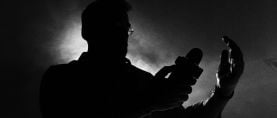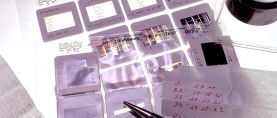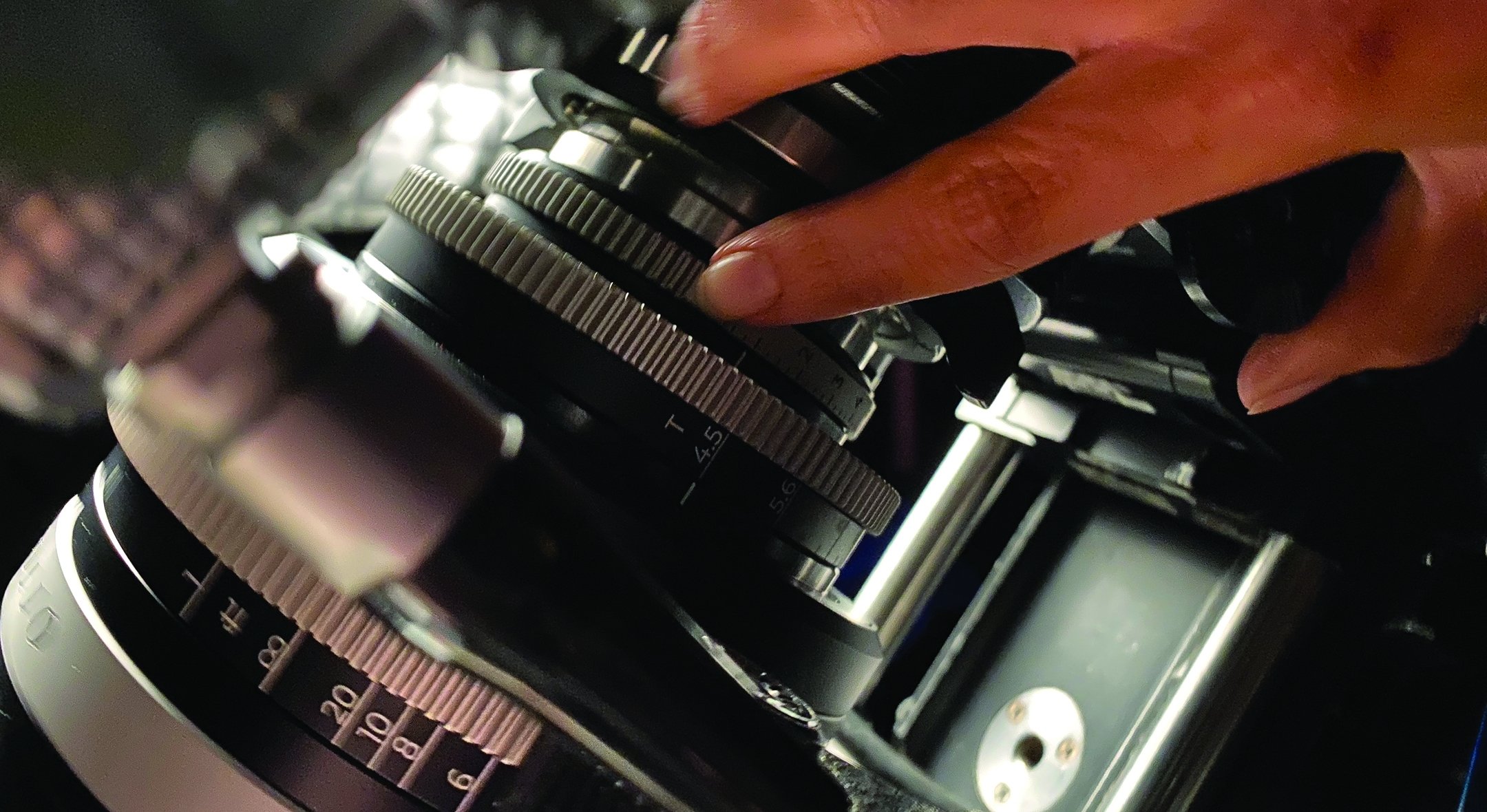
Lens Aberrations and Tunable Optics
Many cinematographers find the purely digital image to be “too sharp” or “too clean,” and more of them have been reaching for less “perfect” optical options to replicate the look and feel of 35mm film projection.
The cinematographer’s choice of lens significantly impacts the visual expression of the story being told. Generally speaking, the cinematographer chooses a lens for an entire project or on a scene-by-scene basis. In most cases, the characteristics of the lens are fixed, and if the cinematographer wants more or less character, they must switch to a different lens.
One of the most exciting developments in modern lens design is the introduction of optics that have variable characteristics within a single lens — and this goes beyond the amount of aberration that can be reduced in many lenses by stopping down. Several companies now offer more malleable options, giving cinematographers a great deal of creative control within a single family of lenses.
Physics and the Balancing Act
First, some background.
As I’ve said many times before, no lens is perfect. The very fact that light passes through another medium — in this case, glass — means it is altered by the new medium, and there is always some loss of integrity in the image reproduction.
Certain properties of physics are unavoidable. One is that light passing through the very center of the lens is altered the least by the glass, but rays that pass through the lens farther from the center become more compromised and subject to image-reproduction errors (i.e., aberrations). When an optical designer creates a new lens prescription, they are working primarily to mitigate these aberrations and get the best performance out of the lens, given restrictions of cost, size, speed, format, etc.
There are seven primary aberrations — spherical, chromatic, astigmatism, coma, field curvature, geometric distortion and vignetting — and there are multiple variations thereof. Each element in the lens offers the designer up to five “degrees of freedom,” each of which can be specially designed to correct an aberration. These degrees are: front-of-the-lens curvature, back-of-the-lens curvature, lens thickness, glass type and spacing between the lens elements.
Each degree of freedom in optical design, especially curvature of front and back surfaces and spacing between elements, is critical and must be precise down to hundredths or even thousandths of a millimeter. This exactitude is necessary for the lens to perform to the designer’s prescription.
With an extremely simple optical design, such as the Cooke Triplet, all seven aberrations can be fairly well mitigated with just three optical elements and their spacings. Modern lenses, however, often feature 10 or more elements of glass to produce an even more refined image.
The faster a lens is — meaning, of course, the wider the aperture opens — the more of the periphery of the lens will be used for imaging, and the harder it is to correct the aberrations. For this reason, faster lenses are more prone to aberrations.
Therefore, the more complex — and/or faster — the lens, the more delicate the balancing act; though each degree can correct one aberration, the addition of every new element adds more aberrations and possibly other complications. The front curvature of a lens, for example, can affect the refraction of light and change the optical power, but it also affects the reflection angle and number of spherical and chromatic aberrations. In turn, chromatic aberrations can be addressed by using a type of glass that reduces spectral diffraction, which may then adversely affect weight and cost — and spherical aberrations can be reduced by adding a second element at a distance, but the second element then adds new aberrations. For example, if the rear curvature of one element is too close to the front curvature of the next, you’ll get exacerbated ghost flare. See where this is going?
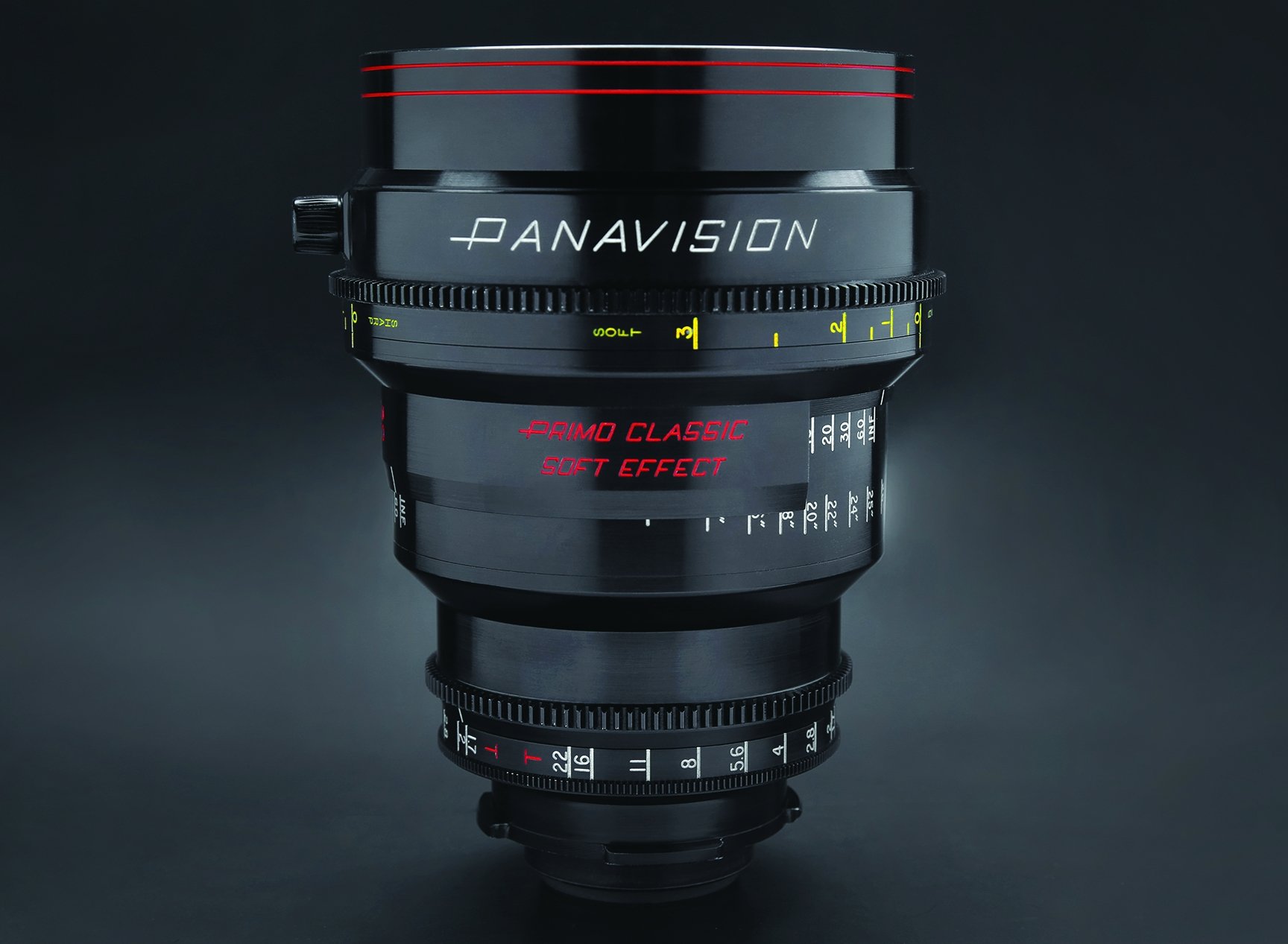

Cinematographers’ Choices
The end user typically has little control over these lens-design decisions. You choose a lens based on its performance and specifications, and as long as that lens is well-maintained, the results should match your expectations. When something in a lens is out of prescription, then the performance of that lens will drop, which may or may not be desirable.
For most of the history of filmmaking, optical designers and cinematographers strove to create and use lenses of the best performance (with a few outliers). Optical design was geared toward more contrast, better resolution and wider apertures. Cinematographers generally chose the best-performing lenses they could find within a budget and shunned those that didn’t per-form as well.
These tendencies were largely attributable to the degradation of the image that occurred in film prints. The image started with the camera film negative, a constantly improving technology that was also pushing for more contrast and more resolution, and then moved to an interpositive and an internegative, and then a film release print. There was a loss of sharpness through-out the imaging chain, and this inspired the demand for sharper lenses.
Since the introduction of digital-cinema cameras — and, especially, digital exhibition — this degradation is no longer a factor. In fact, many cinematographers find the purely digital image to be “too sharp” or “too clean,” and more of them have been reaching for less “perfect” optical options to replicate the look and feel of 35mm film projection. This has made the lens a more significant creative choice than ever before.
Lenses from earlier eras are not as well corrected for aberrations as modern glass. One of the problems with vintage glass, however, is an inconsistency of aberrant effect throughout a series, or even within an individual focal length at various stops or focus distances. This variability can be frustrating when the cinematographer finds a particular aberration to be beautiful and desirable, but has trouble reproducing it under different circumstances. The other issue, which is more common, is that an aberration that works well for one shot can be distracting in another — like a pleasant lack of contrast and veiling glare that be-comes untenable when moving to a shot with backlight.
Manufacturers have recently designed tunable optics that feature an added ring, in addition to focus and aperture, specifically to alter the character of the lens.
Custom Tuning
Some cinematographers choose for creative reasons to have modern glass “tuned,” or mechanically altered to induce certain aberrations and reduce the performance of the lens. This process requires a skilled technician who understands the lenses and can not only correctly reproduce the desired effects, but also match those effects with other focal lengths in the series. This is no small feat! (And one that can be prohibitive for filmmakers with more limited budgets and resources.)

Modern Era
Now let’s look at some adaptable or tunable — i.e, user-adjustable — lenses that allow the cinematographer greater control over aberrations, in some cases on a shot-by-shot basis.
An early example of this was the introduction of the Arri/Zeiss Master Anamorphic flare set, which features alternate front and rear elements for the lens series that have less robust coatings and therefore produce more flare. It’s not a quick alteration; switching to the flare set requires removing the front and/or rear element(s) of the lens and replacing with the alternate element(s).
Arri has simplified this concept with its Signature Prime series, adding a rear magnetic filter ring to the series with a plethora of filter options that can be quickly applied or swapped out to create different looks.
Taking this idea a bit further, Angénieux offers variable optical characteristics in its Optimo Prime series by building in the ability to disassemble the lens and introduce an additional glass element in the middle of the optical design. With a growing number of optional inserts, the choices for custom-tuning Optimos to your taste are extensive. However, it’s not easily alterable on a shot-by-shot basis.
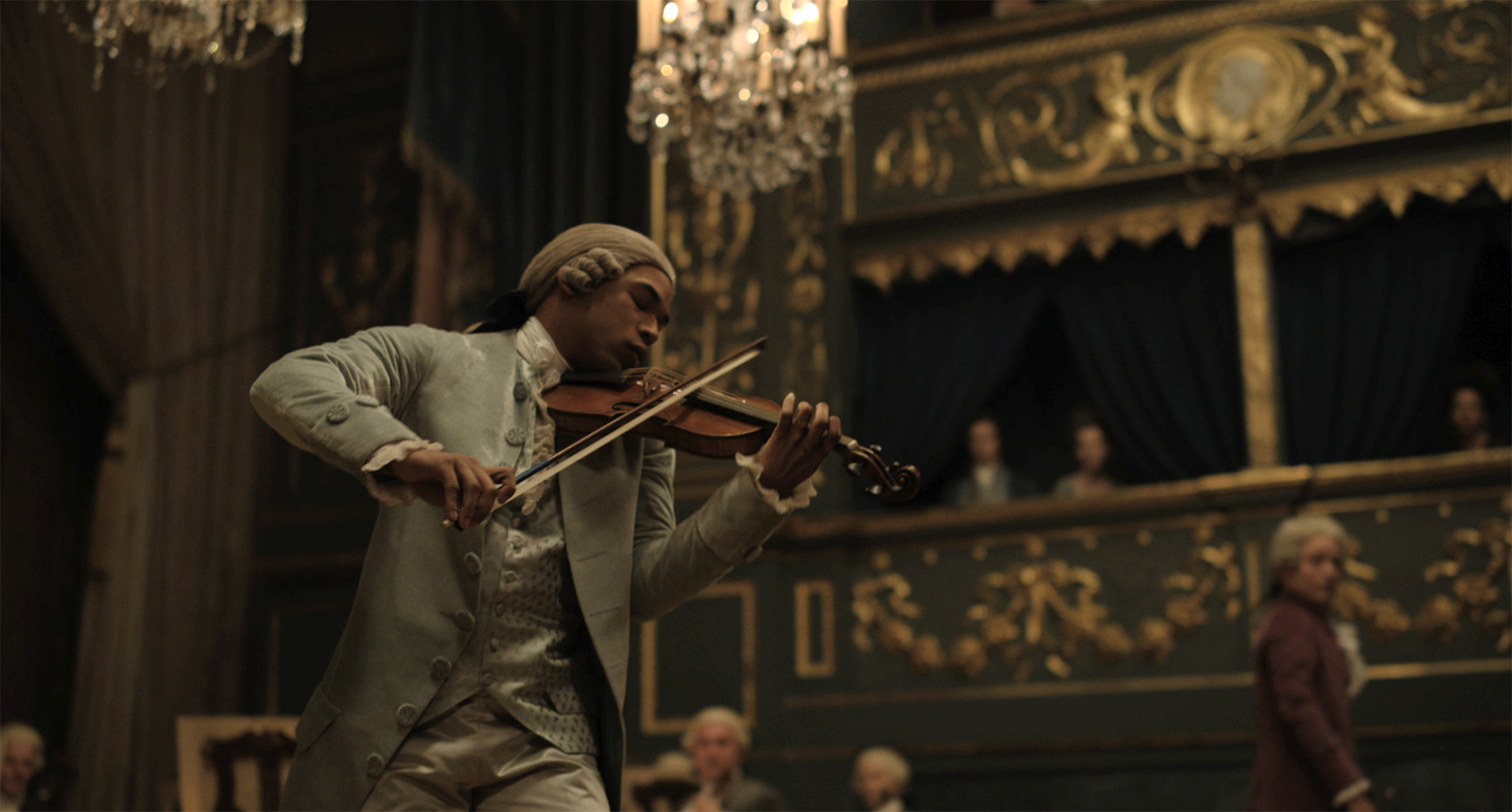
Quick-Tuning Optics
Here’s where we get to the really good part — the following lenses feature an added ring, in addition to focus and aperture, specifically to alter the character of the lens, which allows adjustment of certain aberrations not only on a shot-by-shot basis, but even during a shot.
The Panavision Primo Classic series has several focal lengths featuring a Soft Effect — an adjustable amount of induced spherical aberration that’s controlled by a third ring at the front of the lens and a calibrated scale denoting how much additional effect is applied. This was inspired by vintage portraiture still lenses.
The Arri Rental Heroes line of high-character optics comprises a collection of lenses with aggressive character and abilities. A standout is the Look series, which features a third lens ring that allows for significant inducement of optical aberrations.
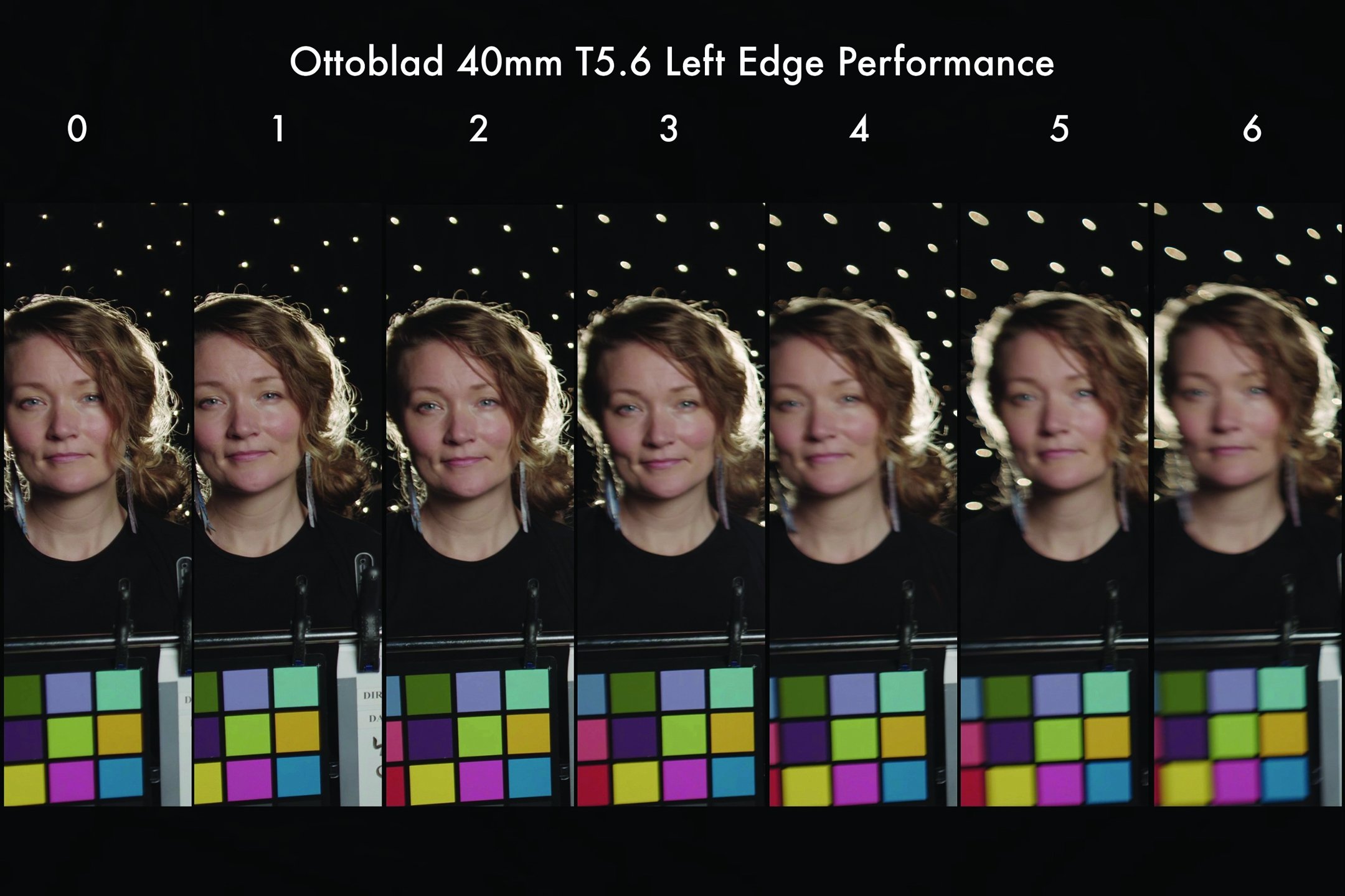
Otto Nemenz recently partnered with P+S Technik to rehouse a series of Hasselblad primes and add a “tuning” ring to each lens, yielding a line called Ottoblad. This ring adjusts the lens’ rear group to reduce field flatness, inducing field curvature and making the edges of the image go soft while the center stays sharp. The company has thus created an entire series of focal lengths with consistent look and tunability that allows the cinematographer to adjust the effect on a shot-by-shot basis — or to turn it “off” entirely and use the lenses’ natural characteristics.
As with the Panavision Primo Classic Soft Effect and the Arri Rental Heroes Look, this third lens ring features standard 0.8 module gearing so you can add a focus gear or motor to the ring and adjust it with precision during a shot.
Cinematographer Kaity Williams and I recently tested the Ottoblads, and the results can be found on Otto Nemenz’s website.
Ancient Optics recently released the Petzvalux series, a partnership with G.L. Optics that involved rehousing Lomography Petzval lenses with a third ring that allows the user to progressively intensify the already high-character optics.
The Moment Module 8 is an optical adapter that sits between a standard prime lens and the body of the camera — and it’s this intermediary unit that features the adjustable ring for inducing aberrations. The Model 8 comes in three options: L1, L2 and L3. These are offered in several mount options — E, EF, PL to E and PL to RF. Designed by ASC associate member Iain Neil (See Shot Craft, AC May ‘23), recipient of 13 Academy Awards in Scientific and Technical Achievement, the Module 8 enables cinematographers to add creative character to their existing lenses in a calibrated method that is alterable in shot.
These exciting innovations give cinematographers a previously unheard-of degree of control over the look of their images. I look forward to more manufacturers joining the fray!
